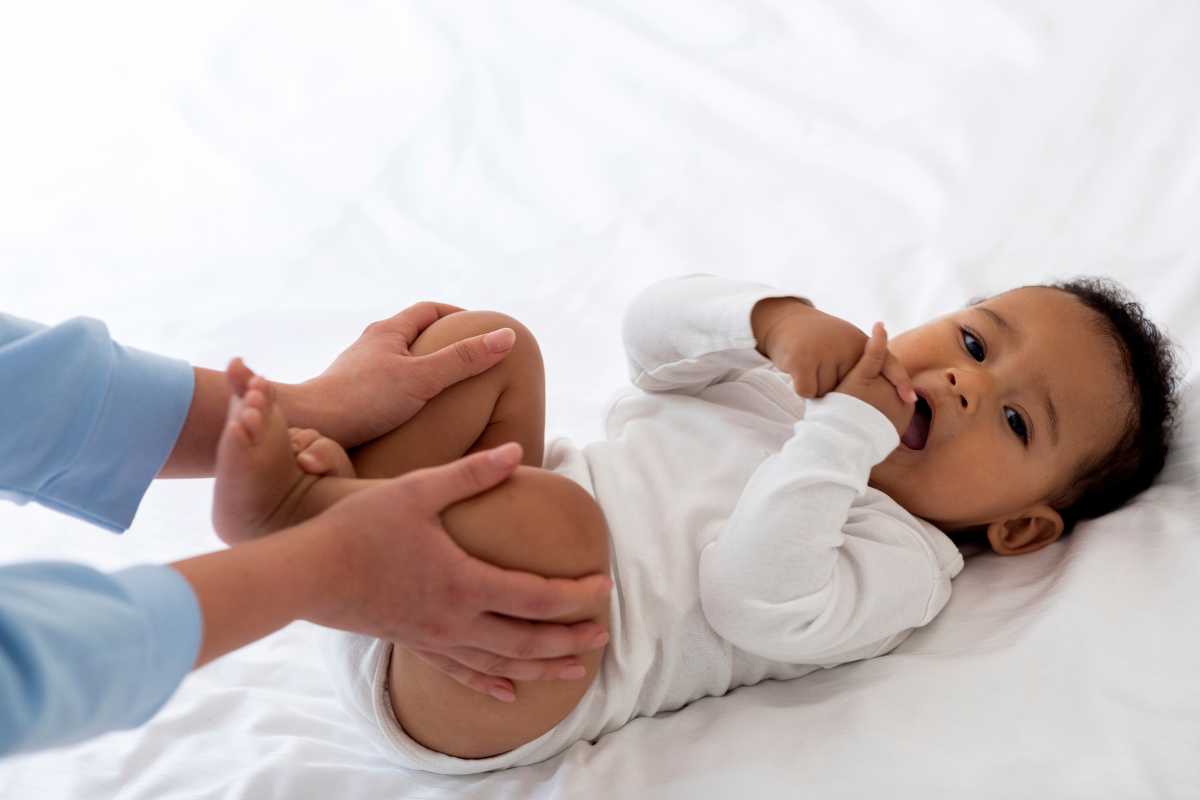 Conversion-Focused Landing Pages – More Leads, Less Bounce!
Conversion-Focused Landing Pages – More Leads, Less Bounce!
Prodromal Labor Signs: The signs that prepare you before Active Labor
Written by The Lifesciences Magazine » Updated on: June 17th, 2025

7 Common Prodromal Labor Signs | The Lifesciences Magazine
Source – americanpregnancy.org
Pregnancy is one of the most crucial phases in any mother’s life. Many of you might have questions about what happens during this time, especially during the last few months of the pregnancy. When a woman is pregnant, a few weeks before her labor, she gets signs of prodromal labor. These are the early stages that a woman’s body naturally goes through so that she becomes prepared for the actual one.
In this blog, we will understand prodromal labor signs and how we can manage them.
Definition of Prodromal Labor Signs
7 Common Prodromal Labor Signs | The Lifesciences Magazine
Source – naturalbabydoulas.com
Prodromal labor signs, also known as false labor, occur in the third trimester of pregnancy. It is called false labor because it does not necessarily indicate that active labor is going to begin. It starts weeks or months before the active labor. These labor sensations give the mother an experience of real labor, and she can suffer from extreme pain. Not all women go through this stage, but most of them experience this sign. During this stage, women can feel mild-moderate or intense pain.
Common Prodromal Labor Signs
1. Braxton Hicks Contractions
Braxton hicks contractions are also known as false labor. During Braxton Hicks contraction, pregnant women feel the pain and tightening of their bellies. This pain comes and goes once in the day and does not open the cervix. It usually happens at the end of the second trimester or when at the beginning of the third trimester. These contractions are very normal, and there is no need to worry.
2. Cervical Changes
If you are pregnant for the first time, then you might face the prodromal labor signs. During the false labor, you will not feel any changes, and your cervix will not be dilated. Cervical changes will occur weeks before the actual labor begins, and it is a gradual process before childbirth.
3. Increased Vaginal Discharge
When a woman’s body starts preparing for labor, she will notice an increase in the vaginal discharge. The mucus becomes thicker, and this is an indication that your cervix might start to open. These are the signs that active labor is near.
4. Back Pain and Cramping
7 Common Prodromal Labor Signs | The Lifesciences Magazine
Back pain and cramping are prodromal labor signs. During this time, women will feel some discomfort, but the pain does not necessarily mean they will have active labor. During prodromal labor, the back pain will come and go and can sometimes be of high intensity.
5. Pelvic Pressure
When the baby starts moving into the pelvis, you might feel an increased pressure in the pelvic. Pelvic pressure is one of the normal prodromal labor signs that the baby is moving into the birth position. If you are suffering from pelvic pressure, it does not mean that you are going to have active labor.
6. Nesting Instinct
In the happiness of having a child, many women start feeling a strong urge to organize their house and bring new clothes and toys for the baby. The nesting instinct is common for any mother, as she knows the baby is arriving.
The nesting instinct is one of the body’s ways to prepare for the arrival of the baby.
7. Changes in Fetal Movement
A woman might notice changes in the baby’s movements. This is a sign that prodromal labor is approaching. The baby’s movements keep happening in the mother’s tummy, which is normal. If there is a significant reduction in fetal movement, then it should be discussed with the doctor.
How to Manage Prodromal Labor Signs?
7 Common Prodromal Labor Signs | The Lifesciences Magazine
It is important to manage prodromal labor because most of the time, you will be unsure whether you are experiencing early labor or it is just a false alarm. These are some tips that might help you stay cool during this tough phase of your pregnancy.
1. Stay Hydrated
Drinking a lot of water and fruit juice, which are allowed during pregnancy, will help to reduce the intensity, pain, and frequency of contractions.
2. Rest and Relax
It is important to get plenty of rest, practice yoga, and perform light exercises. This will help in managing the discomfort during the prodromal labor. Deep breathing exercises will give you relief during this period.
3. Monitor Contractions
It is recommended that you keep regular track of the contractions, that is the frequency and intensity. As keeping track is important, it is also important for you to keep informing your doctor. This will help you to identify if it is Braxton Hicks contractions or if you are constantly suffering with them and the intensity is high then it can be active labor.
4. Consult Your Healthcare Provider
As said above, you must keep visiting and involving your doctor throughout your pregnancy and ask them if you have any doubts. They will guide you, give you precautions, and tell you if further evaluation is required.
5. Prepare for Labor
Keep yourself prepared for active labor by taking consultancy from the doctor, start organizing the baby’s space, and keep yourself calm so that you can make a smooth transition into active labor.
Takeaways
It is very vital to understand the actual difference between prodromal labor and active labor. This understanding will help you reduce confusion between actual labor and prodromal labor. In most conditions, prodromal labor signs mean it is the time for your baby to arrive. If there is intense pain, discomfort, and still some confusion, then it is advisable to visit a doctor. Visiting a doctor can help you stay informed and keep you relaxed from this stress during the time of actual labor.
We hope this blog has provided you with information on prodromal labor signs.
Note: IndiBlogHub features both user-submitted and editorial content. We do not verify third-party contributions. Read our Disclaimer and Privacy Policyfor details.
Men's Journal is a rugged and refined lifestyle adventure travel, food and drink Get in touch [email protected] to find out how we can help you reach everyday, affluent, and adventure seeking consumers on Men's Journal
Copyright © 2019-2025 IndiBlogHub.com. All rights reserved. Hosted on DigitalOcean for fast, reliable performance.












